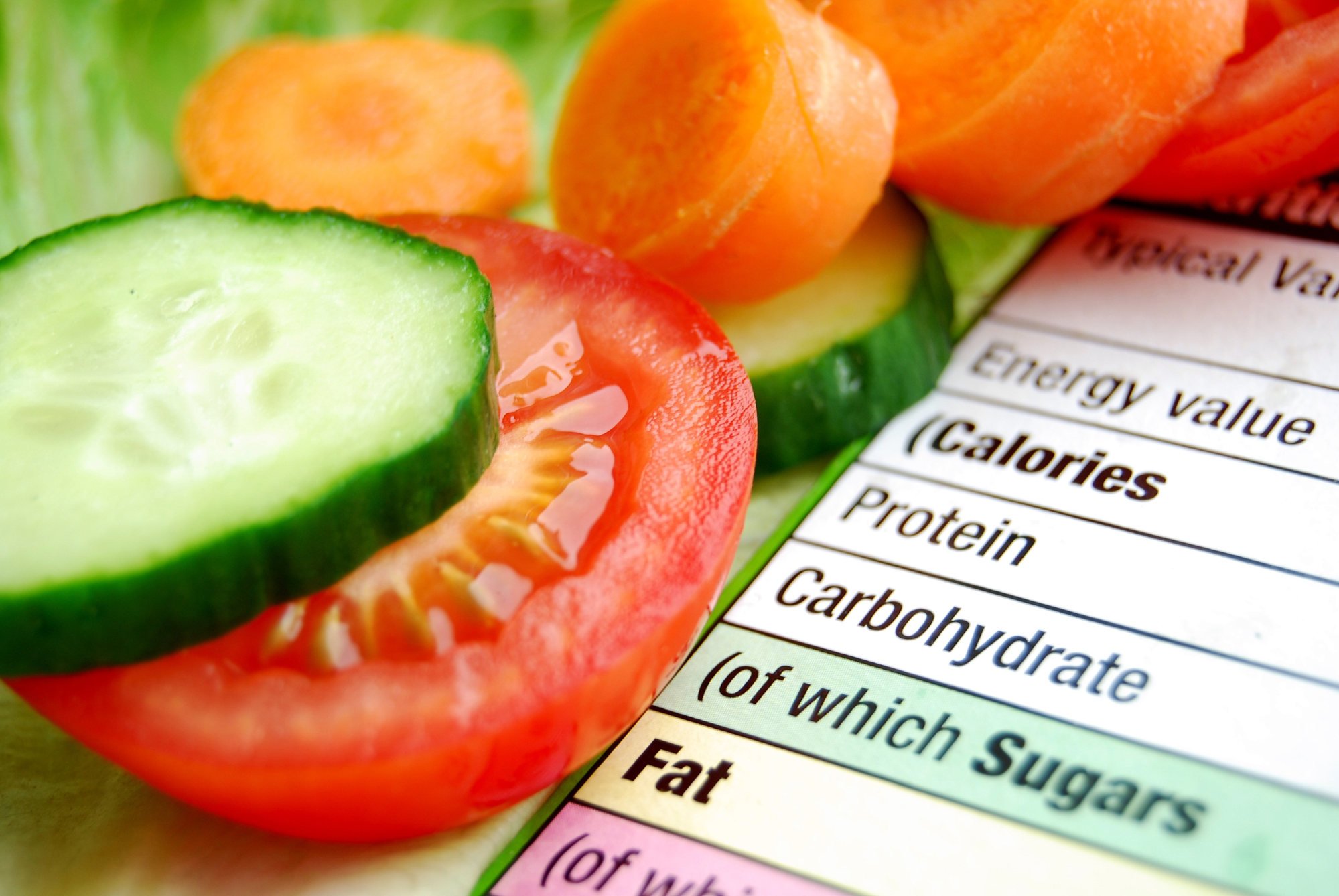Moreover, it is increasingly easy to get his hands on healthier options now compared to 10 years ago, when he first started his fitness journey.
‘We’re on our own’: Asian rice farmers brace for El Nino’s wrath as crops wither
‘We’re on our own’: Asian rice farmers brace for El Nino’s wrath as crops wither
Mao’s transition is reflective of a wider shift towards healthier living and eating habits, which industry players say started to gain momentum across Asia a decade ago and has blossomed into a robust market today, with malls dotted with a range of healthy eating restaurants and cafes offering superfoods, vegan and dishes conjured from plant-based meats.
Studies say the Southeast Asian plant-based meat market is expected to increase by 25 per cent to US$1.7 billion by 2025.
But healthier eating appears aimed at those who can afford it in the middle- to higher-income brackets, due to higher costs. For example, 1kg of quinoa at supermarkets can cost up to S$20 – five times more than white rice.
Therefore, while cauliflower rice, couscous, quinoa may well be on the march, the demise of white rice is greatly exaggerated.
“In Asia, rice is a staple that even the very health conscious would not do without,” said Julian Lee, executive director of Singapore-based Nature’s Superfoods, an online organic market.
“However, awareness of health and ways to moderate rice consumption – especially white rice – for healthier eating have certainly increased. More people are switching to whole grains like brown rice or quinoa.”
Interest and consumption of “superfoods” – nutrient-rich ingredients from oatmeal to blueberries – has been growing steadily since 2011, but most still consider white rice a necessity in their diet.
The customer base cuts across all age groups, said Lee, from young fitness buffs to seniors looking for ways to improve their nutrition to young parents trying to introduce healthier food for their children.
Besides brown rice or quinoa, cauliflower rice has emerged as a high-carb substitute due to its lower calorie content and higher nutritional value, said Vin Vin Khu, director of Malaysia-based Meals in Minutes, which offers healthy, ready-to-cook meals.
“Superfood bases such as cauliflower rice and quinoa are gluten-free and low in carbs, making them suitable for individuals with gluten sensitivities, and preferred by those on a low-carb diet or Paleo diet,” she said.
Malaysian PM says quinoa is cheaper than predecessor’s horse feed
Malaysian PM says quinoa is cheaper than predecessor’s horse feed
Quinoa hasn’t always had the increasingly mainstream reputation it enjoys today. In 2018, Malaysia’s then leader Najib Razak was roundly mocked by the opposition for saying in a television interview that he had switched to the gluten-free Peruvian grain for his health.
His comments, seen as aloof coming from a super wealthy leader who is now in jail on graft convictions, sparked competition among political rivals to cast themselves as the rice-eating everyman. Mahathir Mohamad said on social media that he only eats “local rice” while others claimed they had never heard of the expensive grain until Najib’s out-of-touch comment.
In nearby Indonesia, however, restaurateurs are finding success with rice alternatives as social media brings in food trends from the West, and people opt for healthier meals.
There was a “surge in popularity” in rice alternatives like quinoa after the pandemic, said Donny H. Kusuma, marketing manager for Jakarta-based restaurant Grains of Glory, when health consciousness gripped consumers.
It was a gamble to shape a menu on “new and unique” grains and seeds at first, said Donny, but the alternatives have been selling well, particularly among consumers looking for meal options with lower carbohydrate content.

Another Jakarta-based restaurant, Seed, also serves up healthy dishes using rice alternatives, including cauliflower rice.
One of their bestsellers, a rendition of Indonesia’s national dish nasi goreng or fried rice, swaps out traditionally-used white rice for quinoa to make “quinoa fried rice”.
Most of their customers are younger people who keep a close eye on nutrition and are “looking to try something new”, said co-founder Carissa Widjojo.
“[The] older health conscious people still like rice, they tend to opt for brown rice over alternatives like quinoa or cauliflower,” she added.
In Singapore, Mao said many of his friends “cannot change” the white rice habit of a lifetime.
“Only when you get into fitness, then you would look into nutrition. Otherwise, there is no motivation to improve your diet,” he said.







